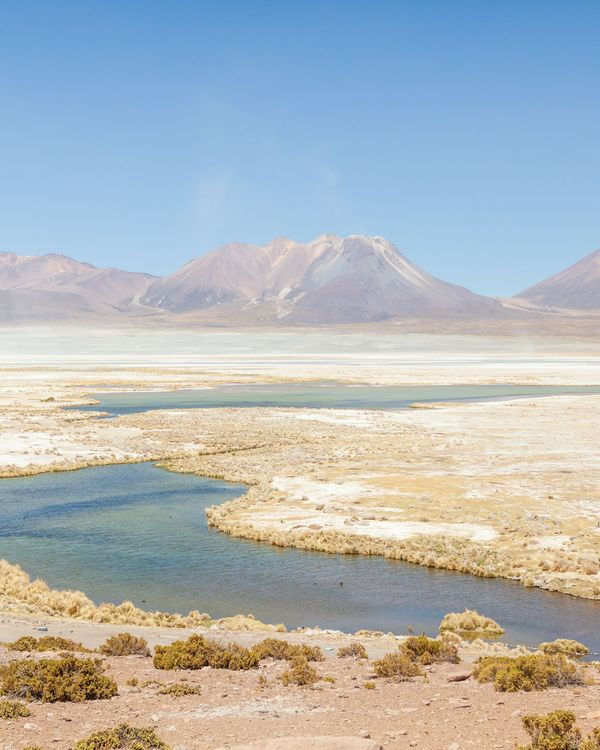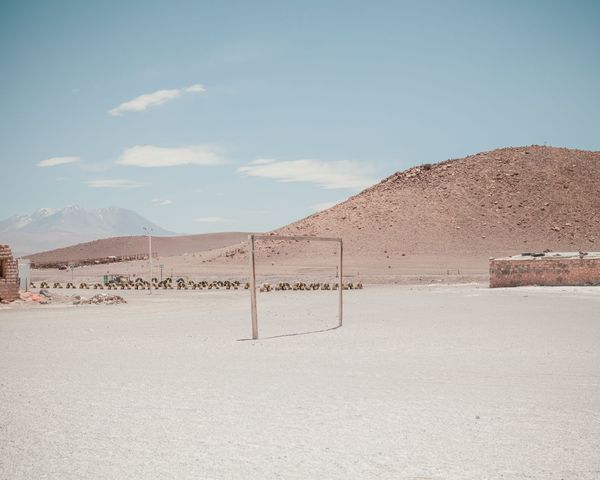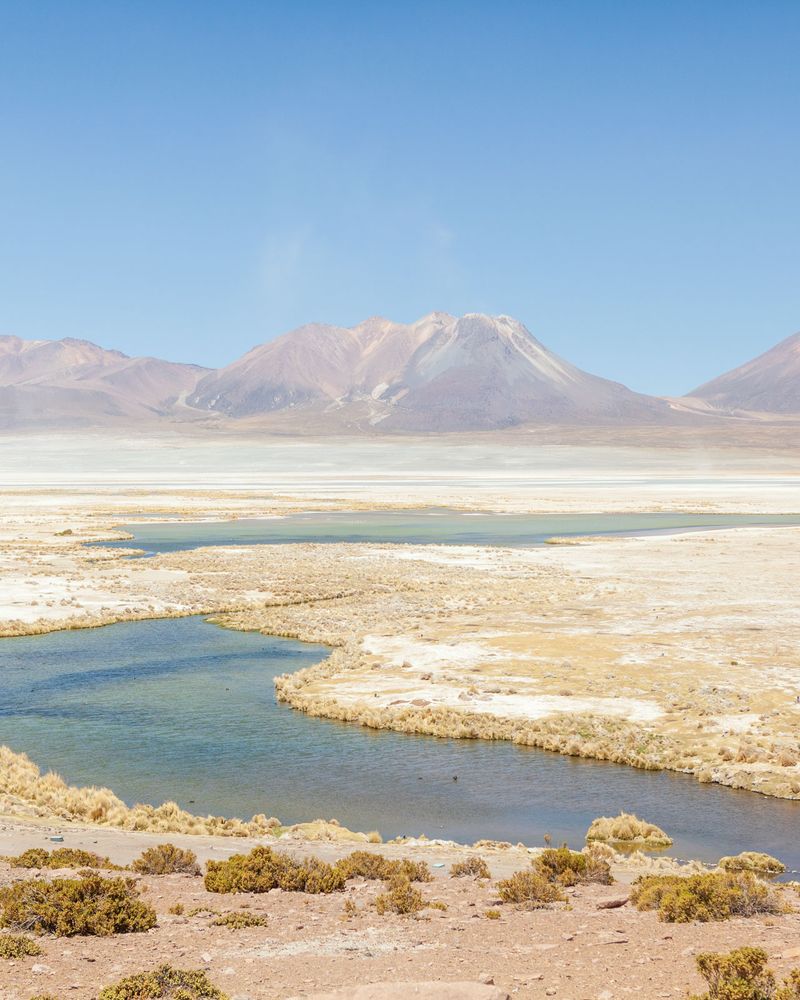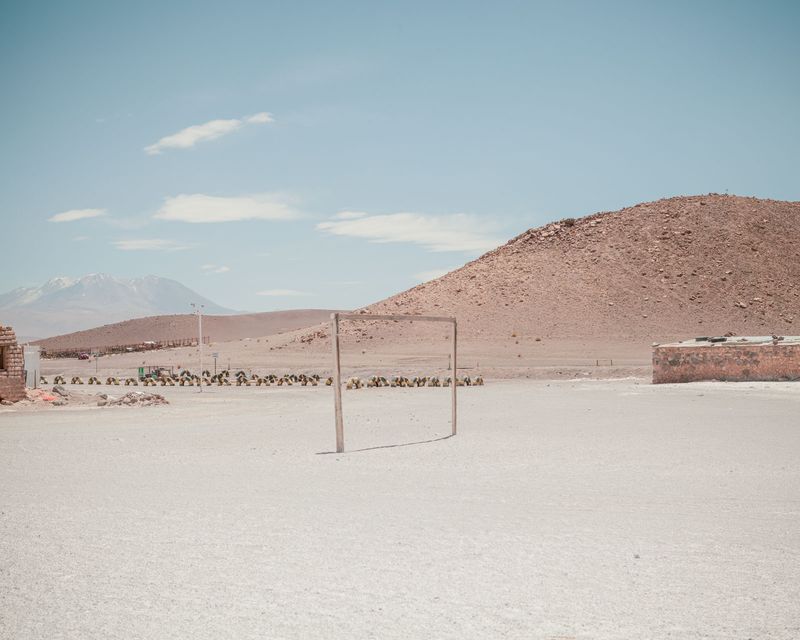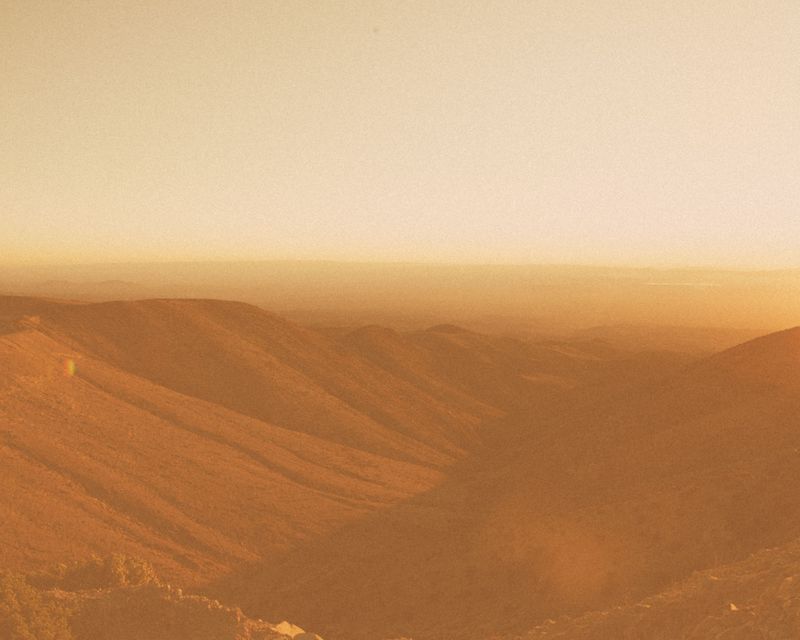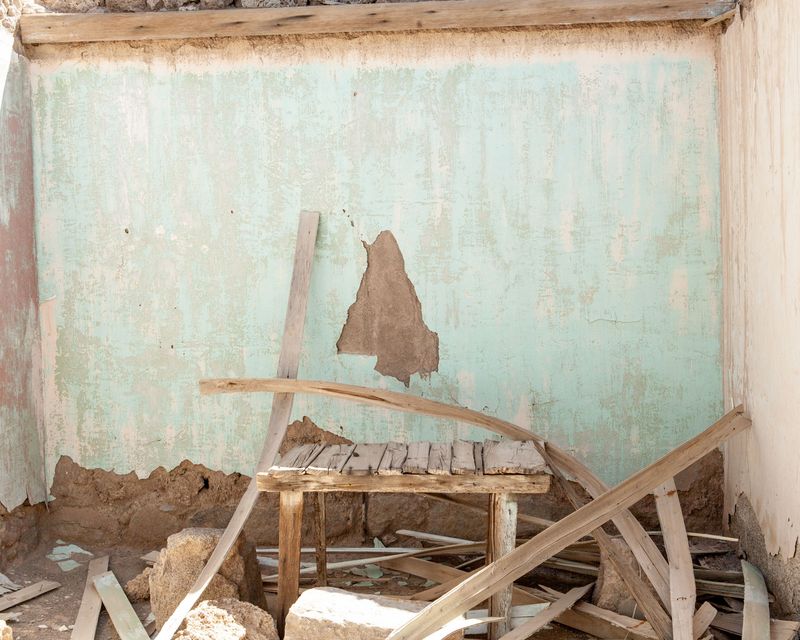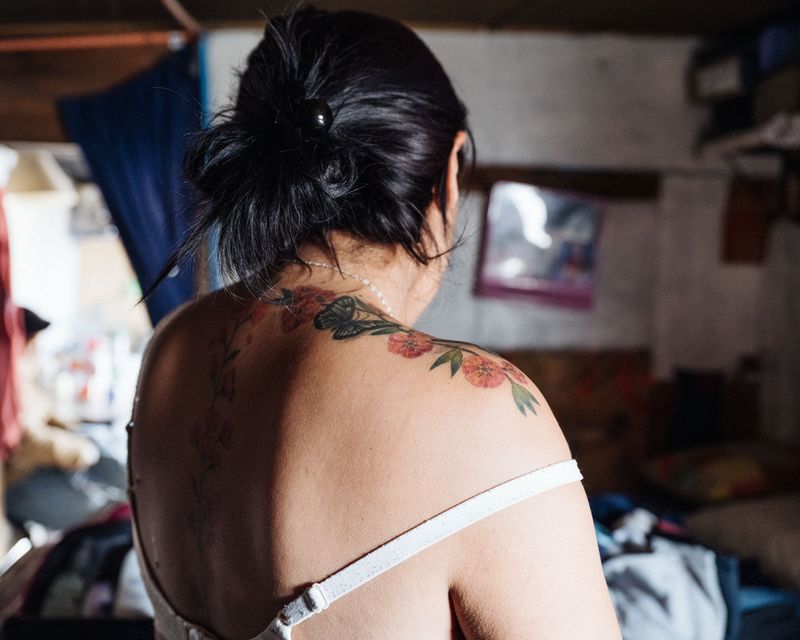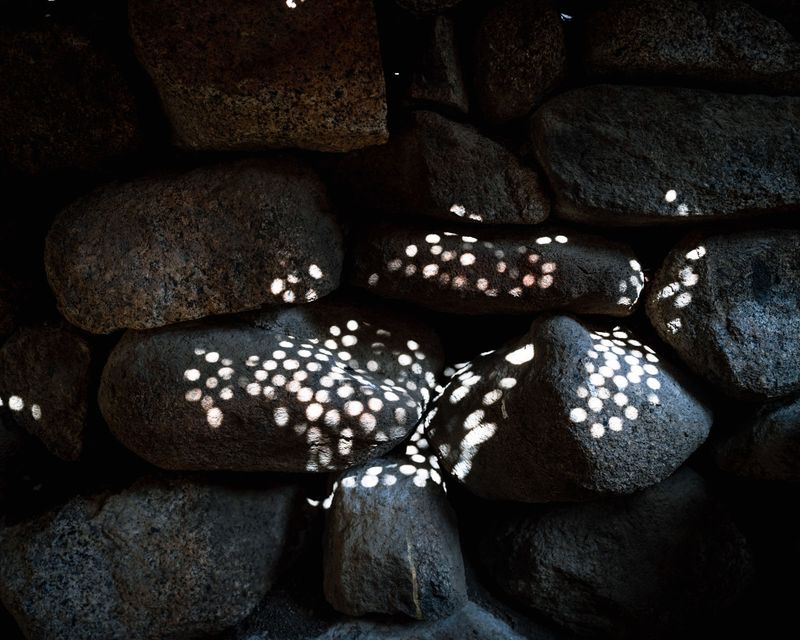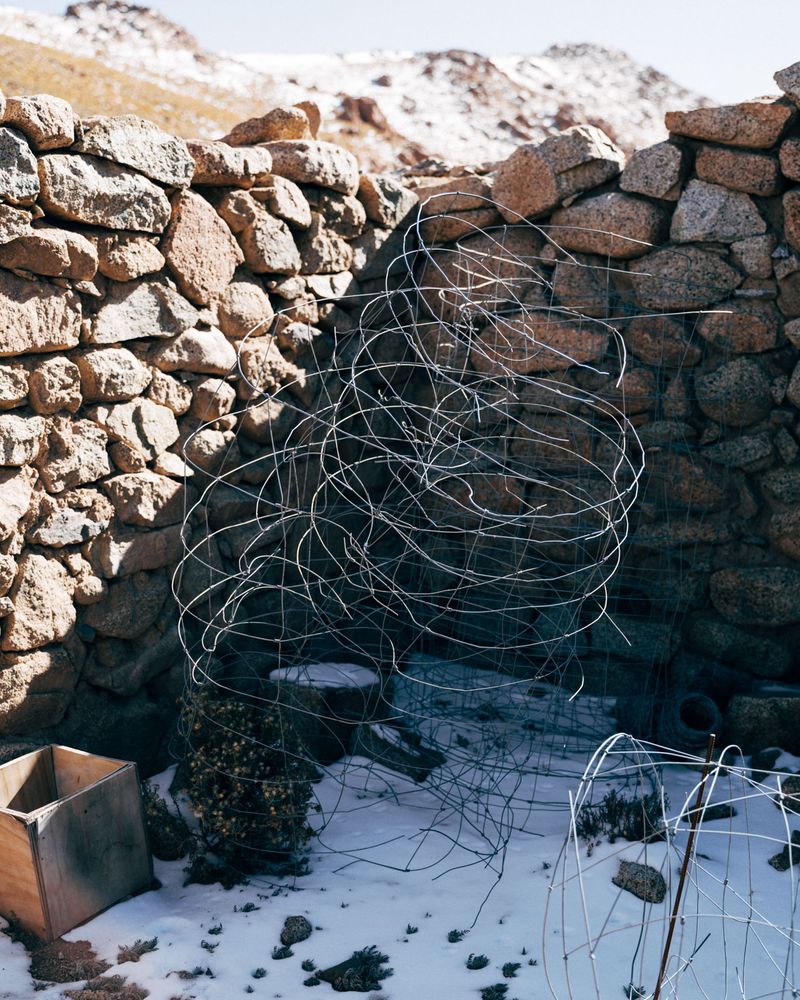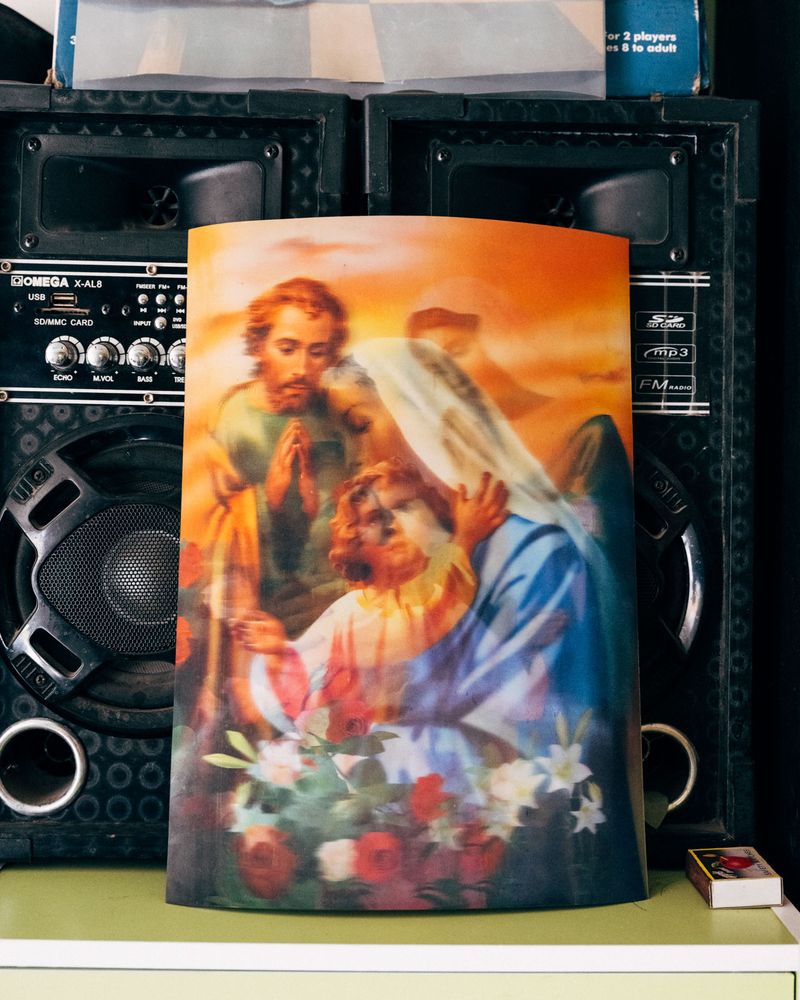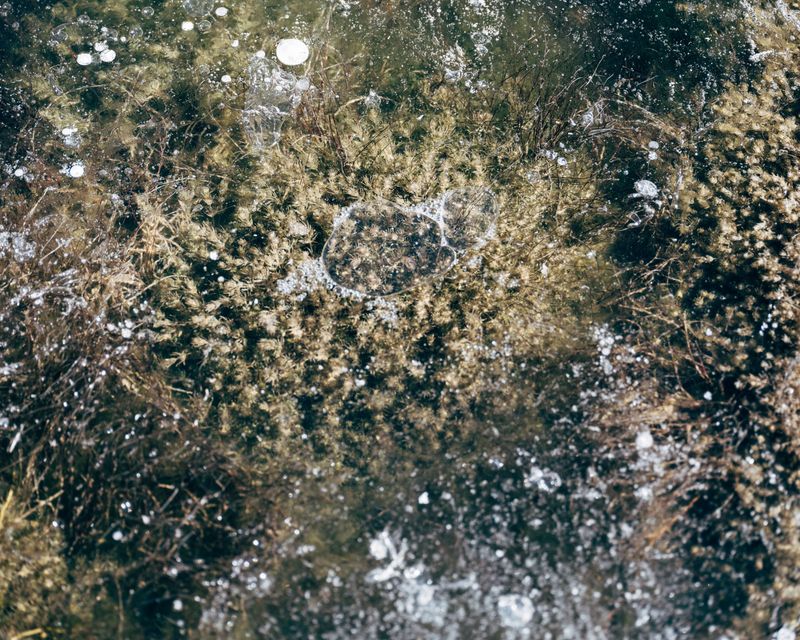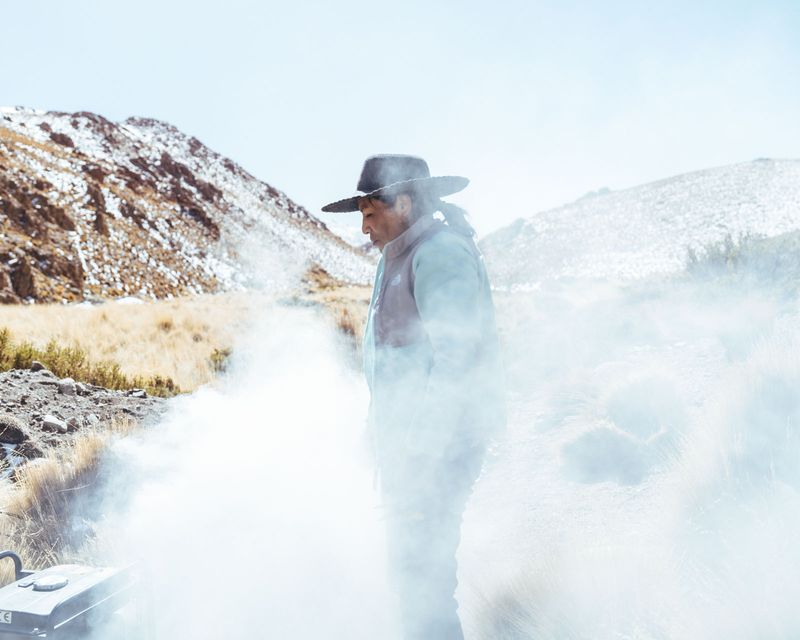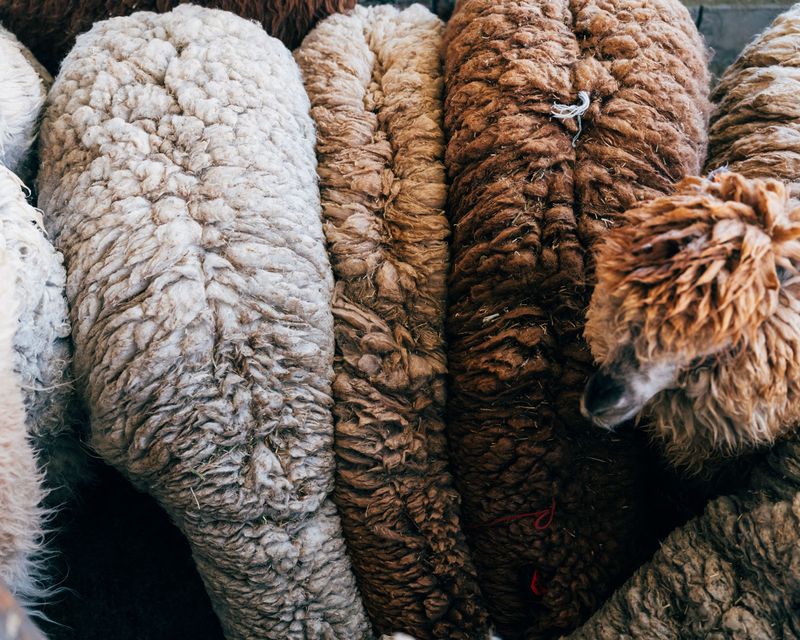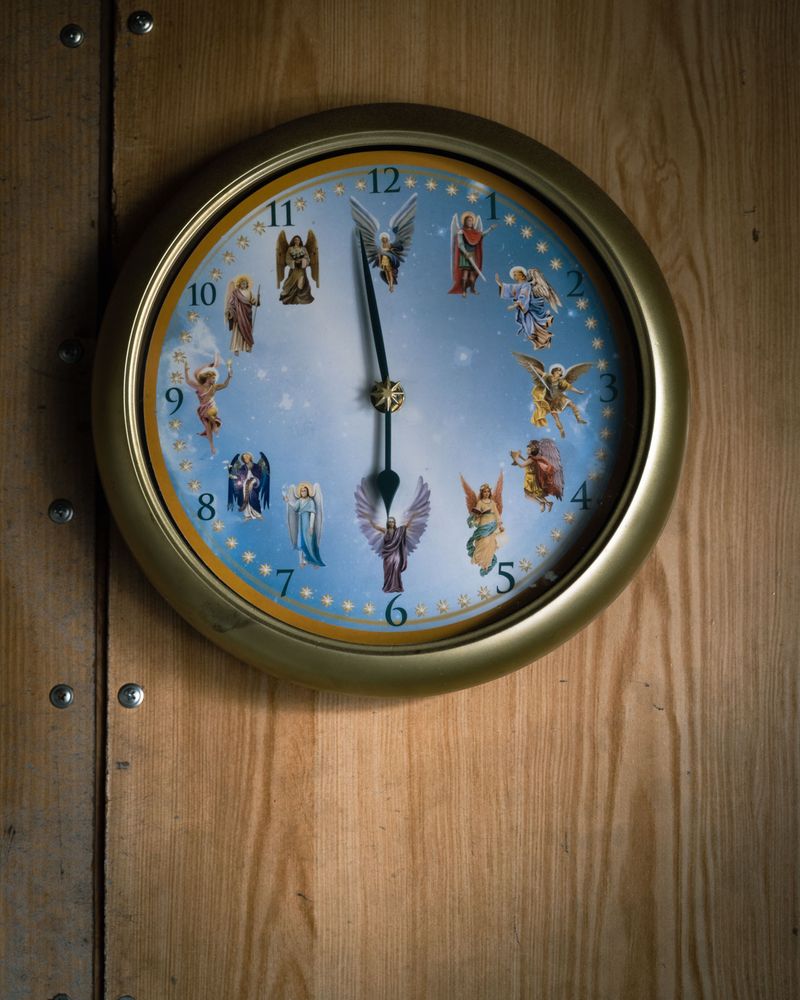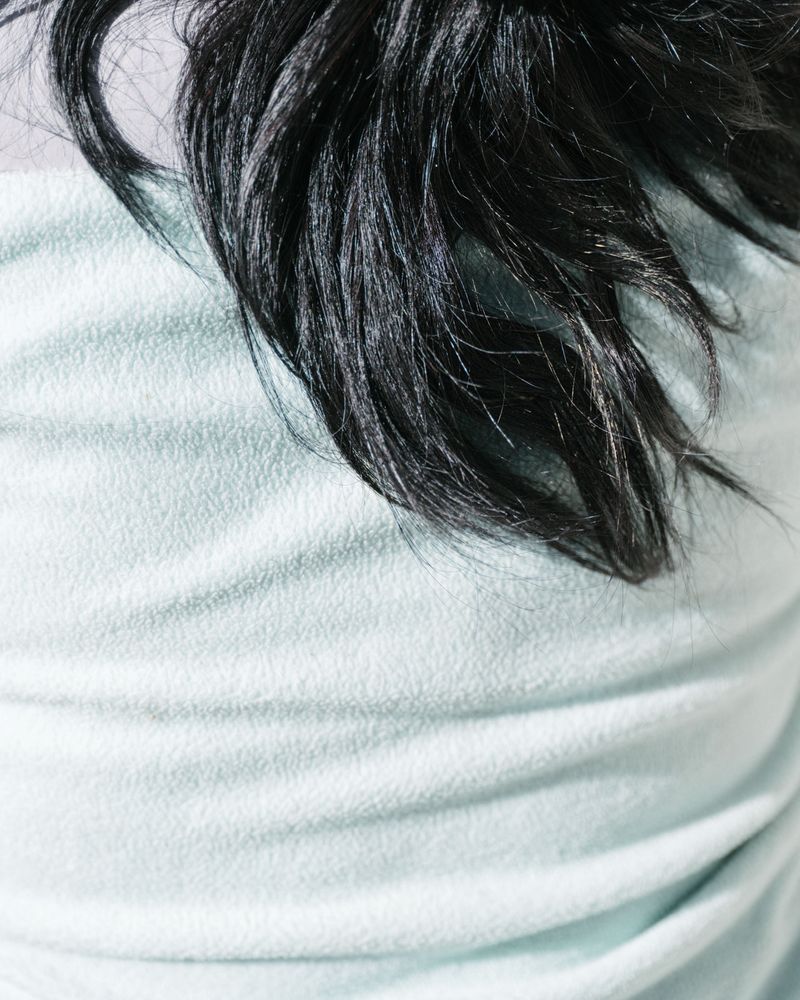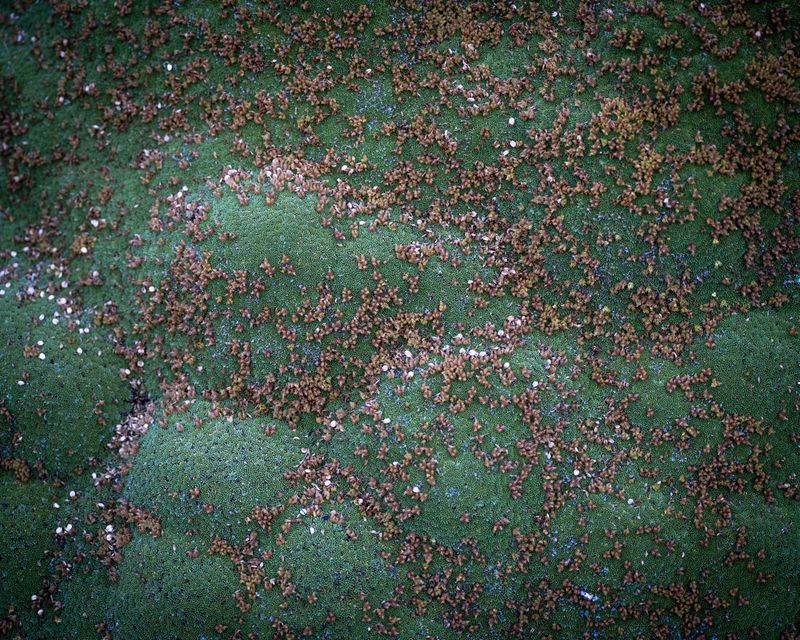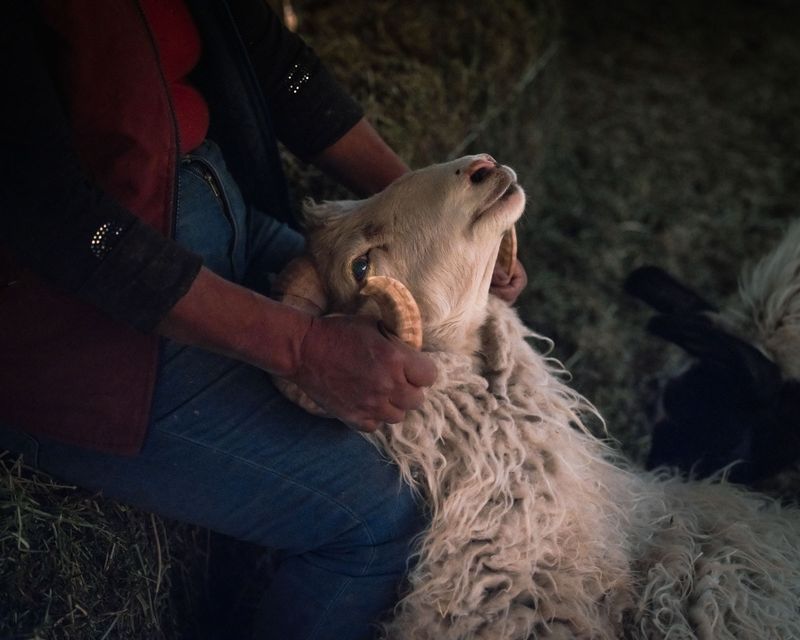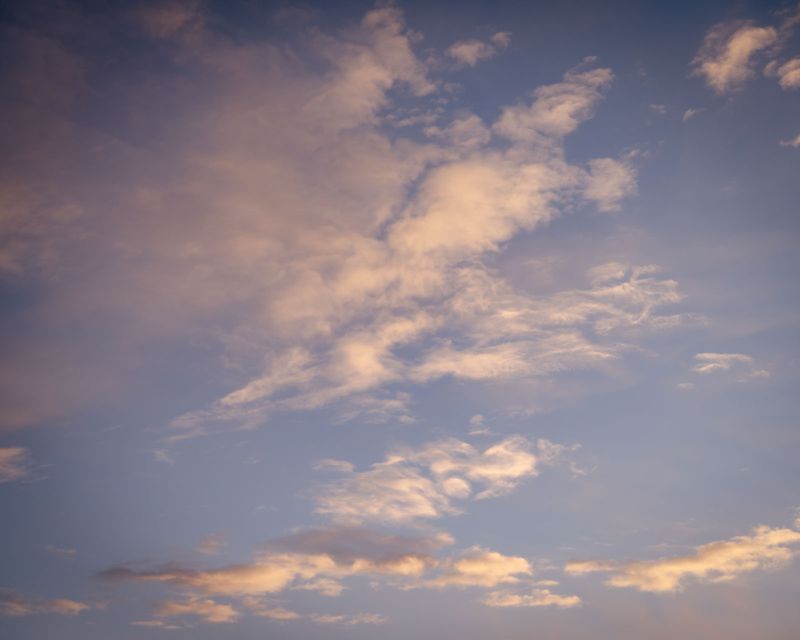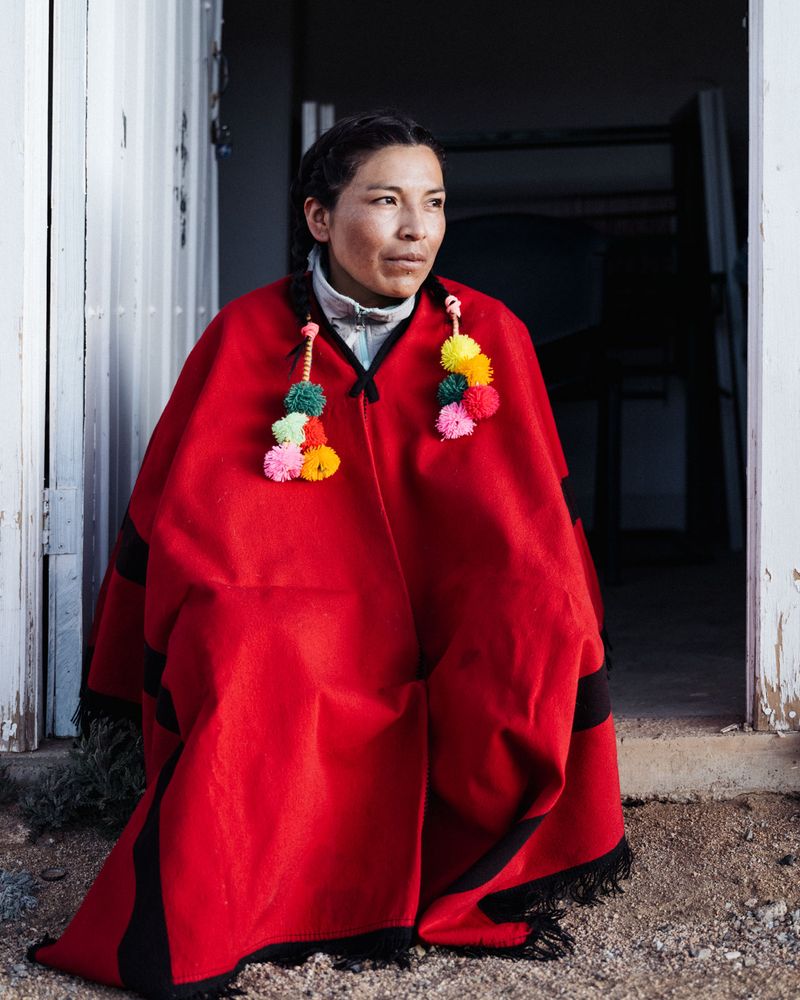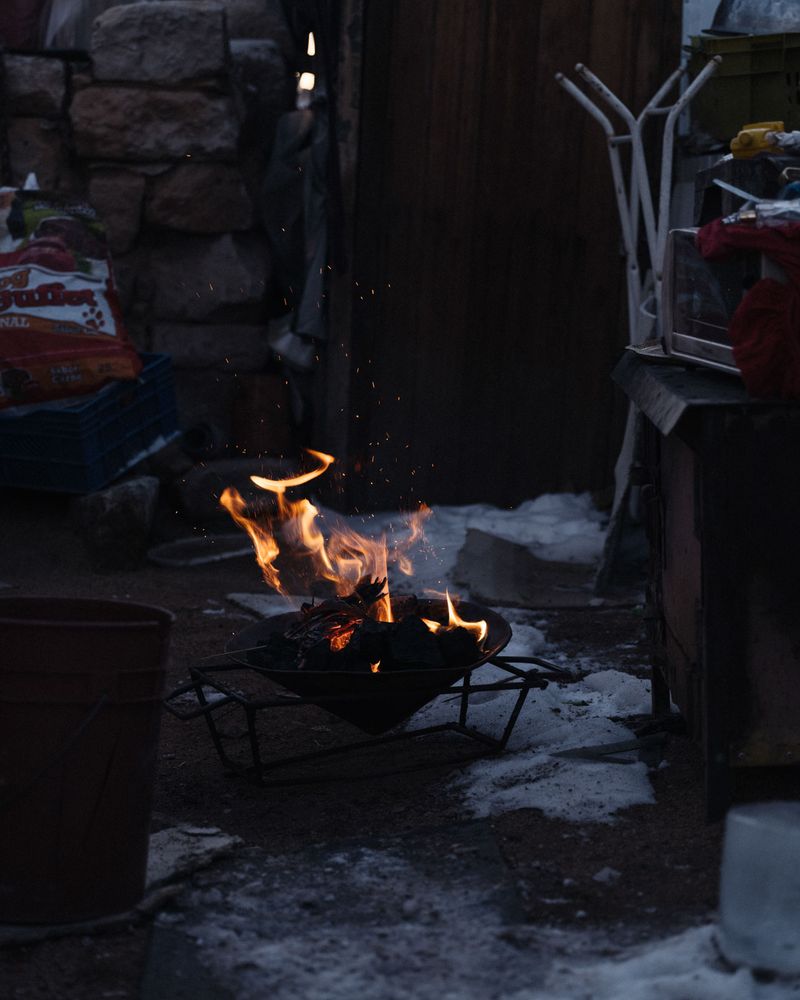The cumbias we heard up there
-
Dates2021 - Ongoing
-
Author
- Location Tarapacá, Chile
-
Recognition
This ongoing project is a new vision of what being indigenous in Chile means. Deysi is an aymara young woman who lives in between the city of Alto Hospicio and a a field located 5000 mt above the sea level, near the border with Bolivia.
I met Deysi in September. I was on route for a commission and had to portray 50 women from indigenous origins in a little over a month. This search thrilled me, perhaps because most of the time I feel like I'm looking for something, but I don't know what it is. This project was going to be a break from myself.
That day I drove in my small rental car for hours lost in the highlands. I felt deep happiness, then anxiety, fear, optimism, and resignation. I went through all the mental states until it began to get dark, and I was overcome with terror: I had been lost for so long in a maze of paths that it was impossible to even think of going back. Finding Deysi became my only option. Tired and trying not to despair, I retraced my steps once more, towards the last detour I had taken. In the distance, almost imperceptible on a hill, I saw a white dot that looked like a jeep to me. The white dot was getting closer as I approached it. We met in a dry riverbed. "Deysi!" We hugged each other for several minutes, on the verge of tears, and I told her "I'm Fernanda, I've been looking for you for a long time."
Deysi is a 36 years old aymara woman. She lives between Alto Hospicio and her family field, located in a mining zone 5000 mt above sea level. She is the only one who still goes there, where she raises her llamitos and alpacas to produce wool and meat. When we go together, we stay for two or three nights, work with the animals during the day, and we witness the small river freeze at sunset and go back to life at down. We sit by the fire, open a can of beer and laugh until our stomach hurts, while cumbias and rancheras play on a small speaker.
This ongoing project is an inner journey through each other. It is an open question: How to undertake the search for things that, in a certain way, have to do with displacing the frontiers of one's own being into unknown territories, with becoming another person?

